Looking to buy your first pair of skis? Start here. Short skis (under 160 cm) are the best choice for beginners - they’re easier to control, less tiring, and perfect for learning. Avoid these common mistakes:
- Wrong Size: Long skis (170+ cm) are harder to handle for beginners.
- Mismatch with Skill Level: Advanced skis can slow your progress.
- Ignoring Snow Conditions: Choose narrower skis for groomed runs, wider ones for powder.
- Prioritizing Looks: Focus on performance, not graphics.
- Buying from Unauthorized Sellers: Stick to trusted retailers for quality and warranty.
Quick Tip: Compact options like Snowfeet’s short skis (38–120 cm) are affordable, easy to carry, and great for first-timers.
| Ski Length | Best For | Key Benefits |
|---|---|---|
| 38–50 cm | Complete beginners | Maximum control, easiest to learn |
| 65–99 cm | Early intermediates | Balance of control and performance |
| 100–120 cm | Progressing beginners | Stability with easy maneuverability |
Start small, build confidence, and enjoy the slopes!
How to Buy the BEST Beginner Skis for You | Gear Guides ...
5 Key Mistakes to Avoid When Buying Skis
Once you've figured out your skill level, preferred style, and terrain, it's time to avoid these common mistakes.
Picking the Wrong Size and Style
Ski length plays a huge role in your performance. Long skis (170+ cm) are typically for advanced skiers who prioritize speed, but they can be harder to control for beginners. The right size balances control and performance based on your ability.
| Ski Length | Best For | Performance |
|---|---|---|
| 38–65 cm | Beginners | Easy to control, simple to maneuver |
| 65–120 cm | Intermediate skiers | Offers stability with good control |
| 170+ cm | Advanced skiers | Built for speed, less forgiving |
Using Skis That Don’t Match Your Skill Level
Advanced skis are designed for experienced users, often featuring stiffer builds that can slow down your progress if you're still learning. For beginners, softer skis with a medium flex and a shorter turning radius are much easier to handle.
"Easy to learn and so much fun!" - Snowfeetstore.com [1]
Also, think about how snow conditions might impact your gear choices.
Overlooking Snow Conditions
The type of snow you’ll be skiing on matters. Narrower skis are ideal for groomed slopes, offering better edge control. For powder, wider skis provide more float and stability. For example, Snowfeet Skiblades perform well in powder and snow parks, while Snowfeet Skiskates shine on groomed runs.
Prioritizing Looks Over Performance
Cool graphics might grab your attention, but they shouldn’t be the deciding factor. Focus on the ski’s width, flex, turning radius, and build quality to ensure it matches your terrain and skill level. And always purchase from a trusted seller to avoid quality issues.
Buying from Unauthorized Sellers
Purchasing skis from unauthorized sellers can lead to counterfeit products and no warranty. Stick with authorized retailers to enjoy:
- Manufacturer warranty protection
- Professional fitting and adjustment services
- Expert advice to find the right skis
- Ongoing support and maintenance tips
How to Pick the Best Skis for You
Match Skis to Your Usage
The type of skiing you enjoy and the terrain you frequent should guide your ski choice. If you stick to groomed slopes for recreational skiing, shorter skis are easier to handle and provide better control. On the other hand, if you spend time in terrain parks, go for skis that reach about chin height to ensure agility for tricks and jumps [2].
Think about your specific skiing goals. Longer skis require more storage space and specialized transport, while compact options like Snowfeet's 65 cm Skiblades or 44 cm Skiskates are much easier to pack and carry. Also, keep in mind how ski length can influence your ability to maneuver and overall performance.
Long vs Short Skis: Key Differences
Once you’ve identified your skiing style, it’s important to understand how ski length affects your experience. Here’s a quick breakdown:
| Feature | Short Skis (<160 cm) | Long Skis (170+ cm) |
|---|---|---|
| Control | Easy to turn, highly maneuverable | Less nimble, takes more skill |
| Learning Curve | Easier for beginners, forgiving | Harder to master |
| Terrain | Great for groomed runs and parks | Suited for off-piste and ungroomed areas |
| Transport | Compact, fits in a car trunk or backpack | Needs roof racks or special storage |
| Energy Use | Less tiring to use | Requires more effort to control |
"Short skis offer superior maneuverability and require less effort, ideal for beginners and freestyle skiing." - Snowfeet Team [3]
The right ski length can significantly enhance your skiing experience, so choose carefully.
Get the Right Size
Your body type and skill level play a big role in determining the best ski size. Snowfeet offers several options to match different needs:
- 44 cm Skiskates: Great for those transitioning from skating to snow sports.
- 65 cm Skiblades: A solid choice for beginners learning the basics.
- 99 cm Skiblades: Strikes a balance between stability and agility.
- 120 cm Freedom: Offers stability with a touch of agility for more advanced skiers.
For park skiing, aim for skis around chin height to maintain optimal control [2]. If you’re skiing recreationally on groomed slopes, focus on options that prioritize control and ease of use.
sbb-itb-17ade95
Benefits of Snowfeet Short Skis
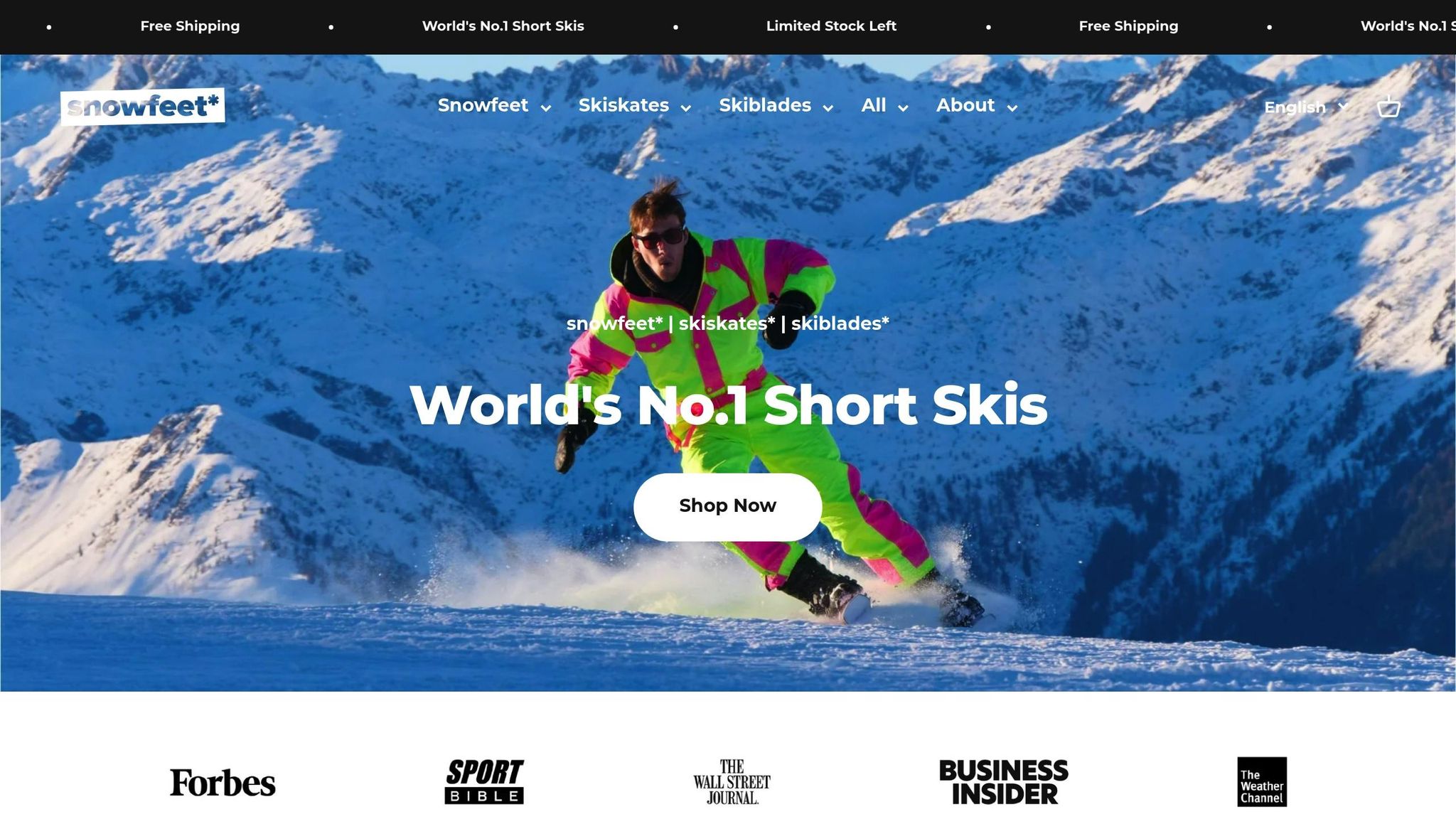
Easy to Carry and Store
Traditional skis, often over 170 cm long, can be a hassle to transport and store. They usually require roof racks for your car and dedicated storage space at home. Snowfeet short skis, ranging from 44 cm to 120 cm, solve this problem with their compact size. You can easily fit them in your car trunk, backseat, or even a backpack. Plus, their lightweight design makes carrying them much less of a chore.
| Storage Solution | Traditional Skis (170+ cm) | Snowfeet Short Skis (44-120 cm) |
|---|---|---|
| Car Transport | Requires roof rack | Fits in trunk or backseat |
| Home Storage | Needs dedicated ski rack | Fits in closet or under bed |
| Travel | Airline fees, special handling | Carries like regular luggage |
| Daily Carrying | Awkward, two-handed carry | One-handed or backpack carry |
This convenience not only makes them easier to handle but also gives beginners extra confidence as they start learning the sport.
Quick to Learn
Learning to ski can be intimidating, especially for first-timers. Snowfeet short skis make the process smoother. Their shorter length provides better control, making it easier for beginners to master basic techniques like turning and stopping.
Because they’re easier to handle, learners can focus on building their skills without getting overly tired. This makes those initial practice sessions less overwhelming and more enjoyable.
Options for Every Budget
Traditional ski brands like Rossignol, Salomon, and Atomic often come with hefty price tags, ranging from $400 to $1,000. Snowfeet offers a more affordable alternative, with prices starting at $140 for Mini Ski Skates and going up to $650 for advanced models. This makes them an appealing option for those who want to try skiing without a big upfront investment.
Here’s a quick pricing comparison:
| Brand Category | Price Range | Entry-Level Option |
|---|---|---|
| Snowfeet | $140 - $650 | Mini Ski Skates: $140 |
| Traditional Brands | $400 - $1,000 | Basic Models: $400+ |
Snowfeet’s lineup includes:
- Mini Ski Skates (38 cm): $140
- Skiskates (44 cm): Starting at $330
- Skiblades (65 cm): From $400
- Advanced models (99-120 cm): Priced between $450 and $650
This variety means there’s an option for every skill level and budget, making Snowfeet an accessible choice for newcomers and seasoned skiers alike.
Conclusion: Choose Your First Skis Wisely
When picking your first skis, focus on matching them to your skill level and how you plan to use them. For beginners, shorter skis are a great choice - they’re easier to handle and more forgiving, which can help build your confidence on the slopes [4]. While brands like Rossignol and Atomic offer longer models designed for speed and stability, starting with shorter skis can make learning much smoother.
Here are some important things to consider as a beginner:
- Length under 160 cm: Easier to control and maneuver
- All-mountain style: Works well in different conditions
- Price range of $140–$400: Affordable without sacrificing quality
- Compact design: Simple to store and transport
These features highlight why shorter skis are a smart option for beginners. Snowfeet’s collection, ranging from 44 cm to 120 cm, provides an excellent starting point for learning the basics and gaining confidence on the slopes.
FAQs
How can I choose the right ski length based on my skill level and the terrain I’ll be skiing on?
Choosing the right ski length depends on your skill level and the type of terrain you plan to tackle. As a general rule:
- Beginners should opt for skis that reach between their chin and nose. These shorter skis are easier to control and help build confidence.
- Intermediate skiers might prefer skis that reach up to their nose or slightly higher, offering a balance between stability and maneuverability.
- Advanced skiers often choose skis that extend to their eyebrows or even higher, as longer skis provide better performance at higher speeds and in varied terrain.
Keep in mind that the ski's design also plays a role. Skis with more rocker (a curved tip) may feel shorter on the snow, so some skiers size up for added stability. Consider your skiing style and the terrain - whether it’s groomed trails, powder, or mixed conditions - when making your choice.
Why should I buy skis from authorized sellers, and what are the risks of buying elsewhere?
Buying skis from authorized sellers ensures you're getting authentic, high-quality products backed by manufacturer warranties and support. Authorized sellers are trained to provide expert advice, helping you choose the right skis for your skill level, terrain preferences, and goals.
Purchasing from unauthorized sources can lead to risks such as counterfeit or defective products, lack of warranties, and missing out on professional guidance. Skis are a significant investment, and buying from a trusted retailer gives you peace of mind and the best value for your money.
Why are shorter skis a better choice for beginners compared to traditional longer skis?
Shorter skis are an excellent choice for beginners because they are easier to control and more maneuverable, especially when navigating tight turns or crowded slopes. Their shorter length allows for quicker and smoother turns, helping new skiers feel more confident on the snow.
Additionally, short skis are generally more forgiving, requiring less effort to handle. This makes them ideal for learning proper technique and building skills without feeling overwhelmed. As a beginner, starting with shorter skis can make the learning process more enjoyable and less intimidating, setting you up for success on the slopes.

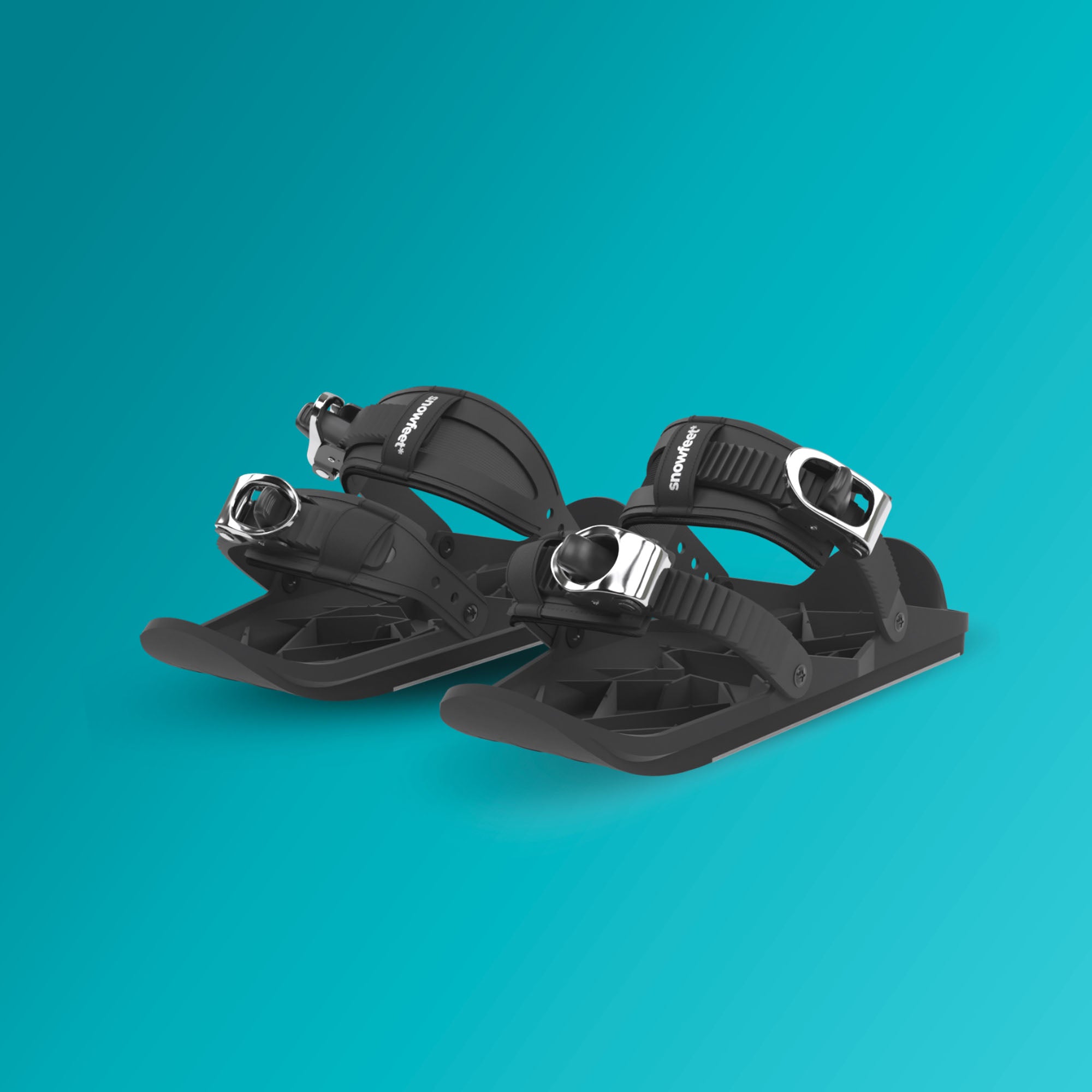


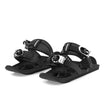
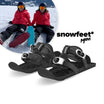

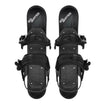


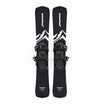
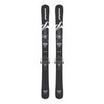
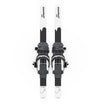
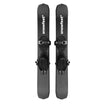
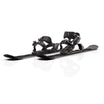
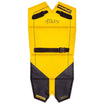

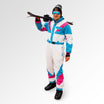
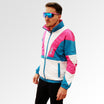
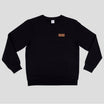
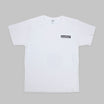
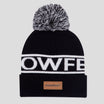
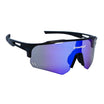
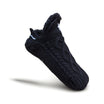
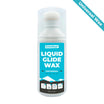
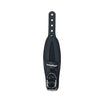
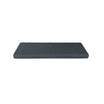
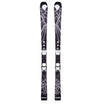


![Ski Size Calculator & Chart [2025]: Find Your Perfect Length & Width - snowfeet*](http://www.snowfeetstore.com/cdn/shop/articles/ski-size-calculator-chart-2025-find-your-perfect-length-width-520183.jpg?v=1745896110&width=1536)

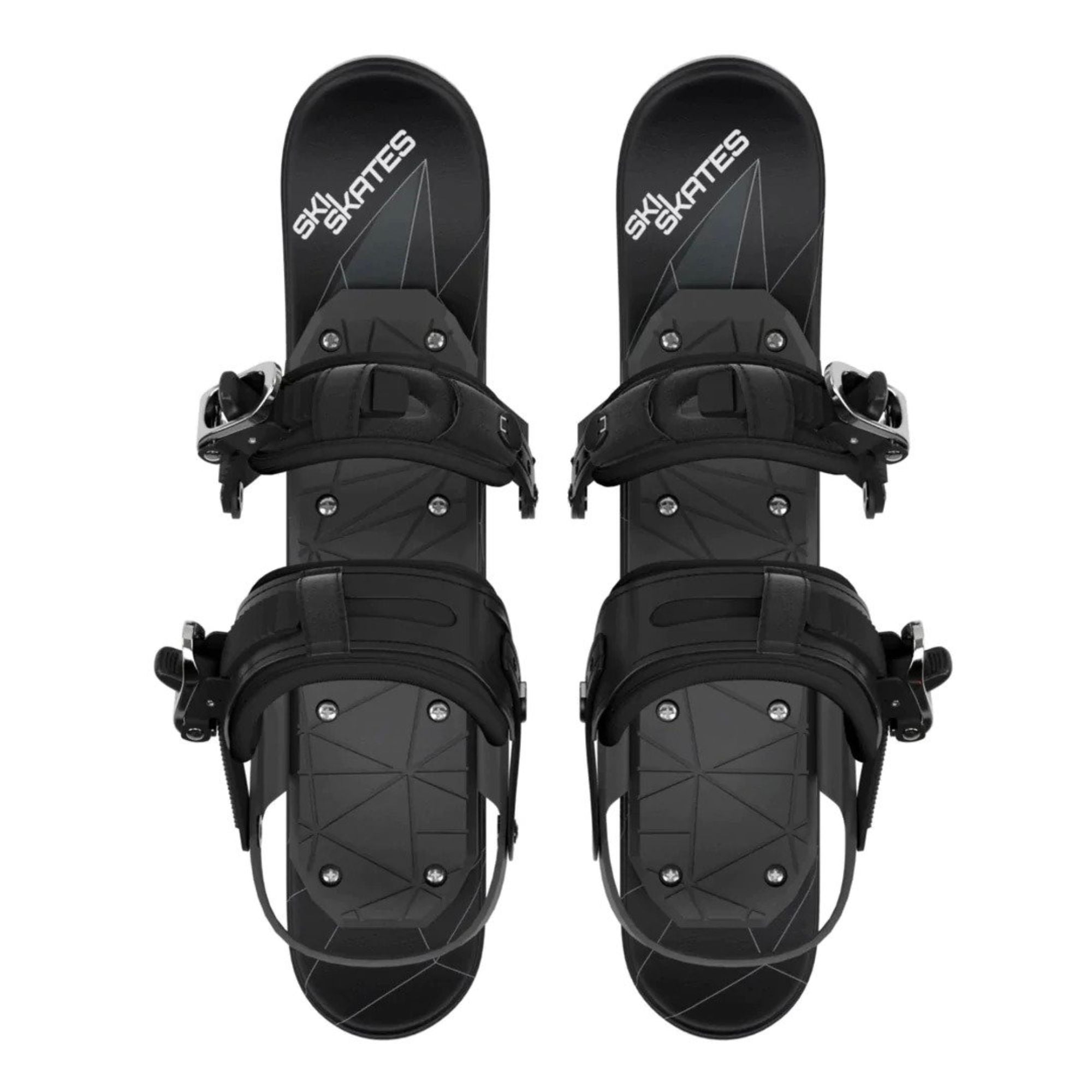
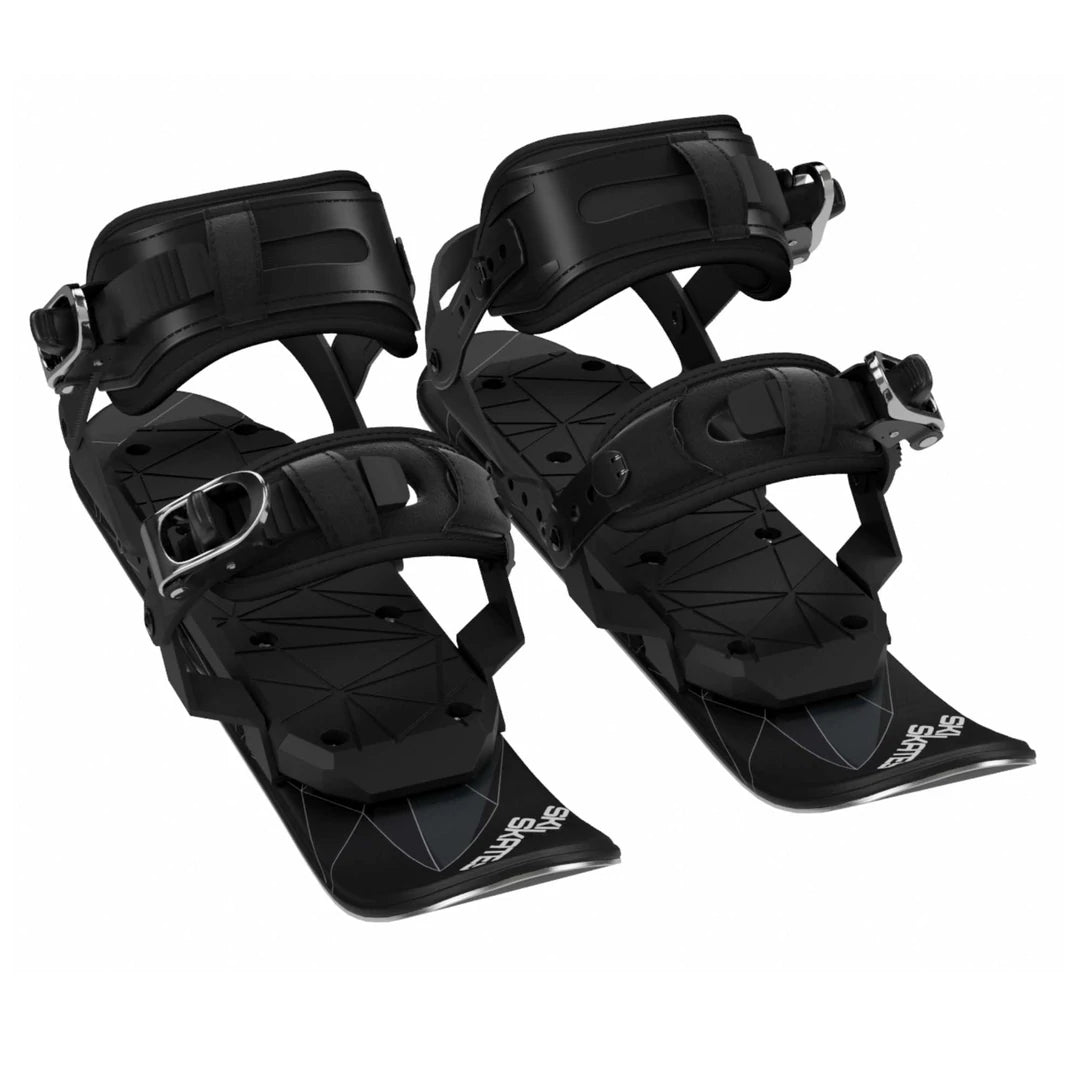
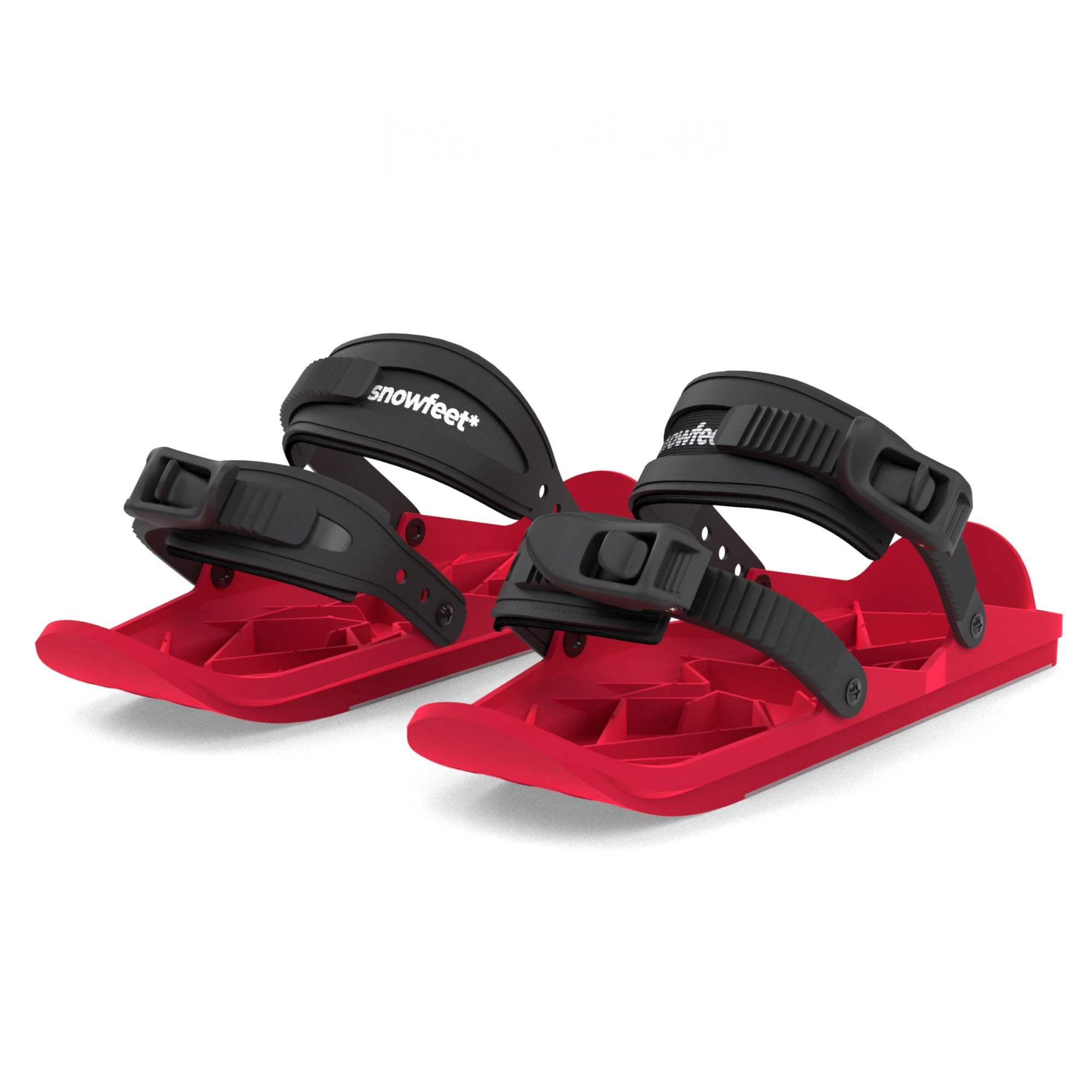
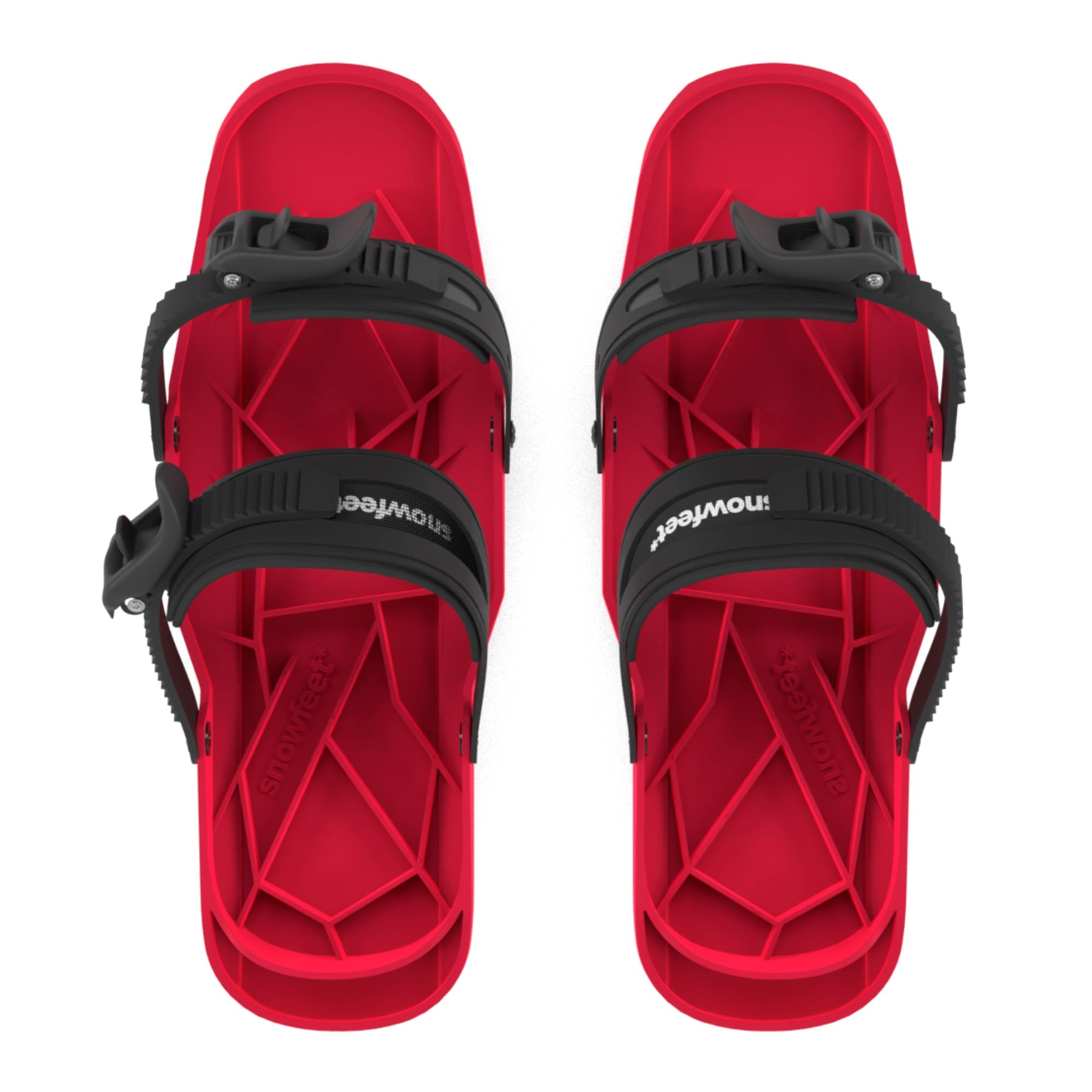




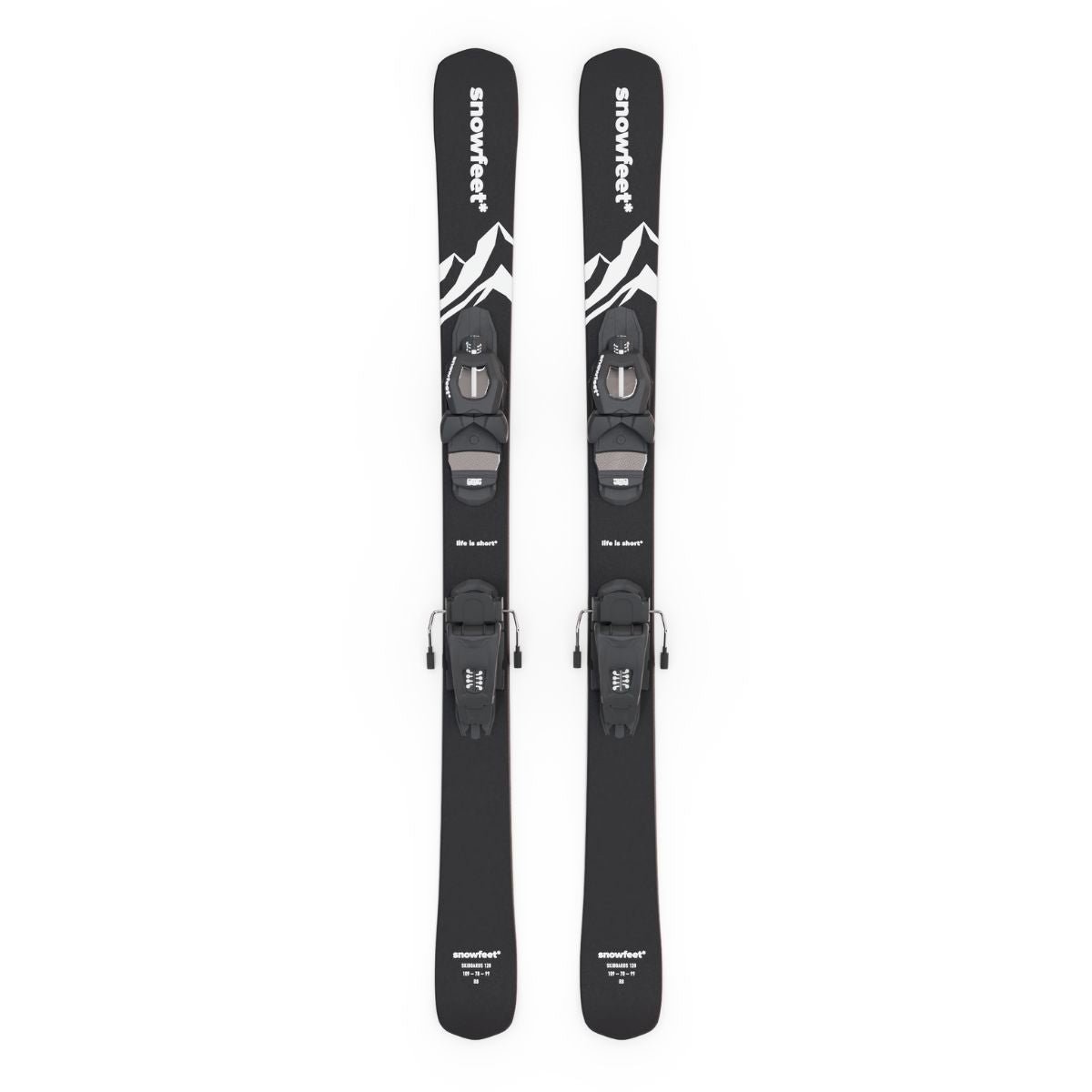
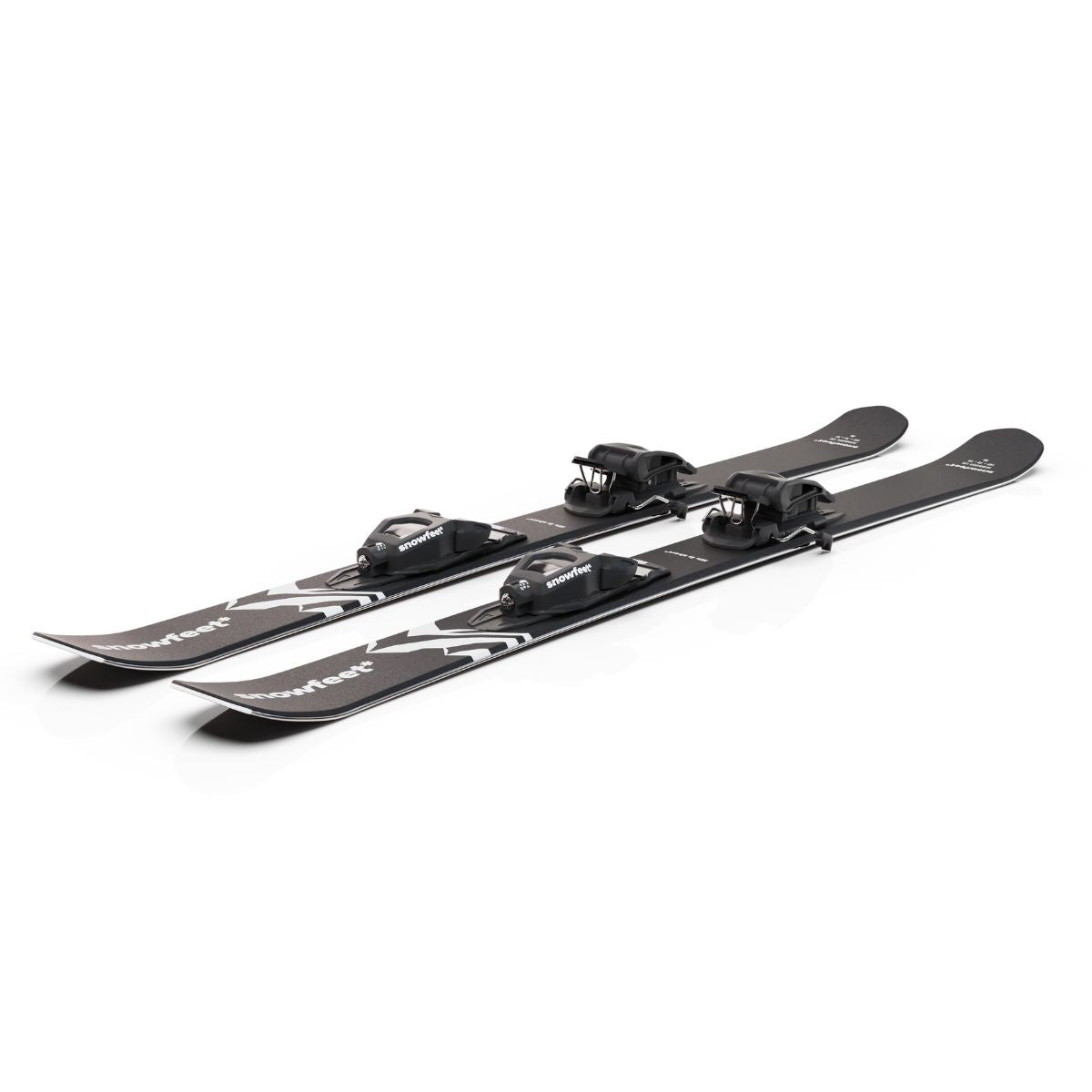
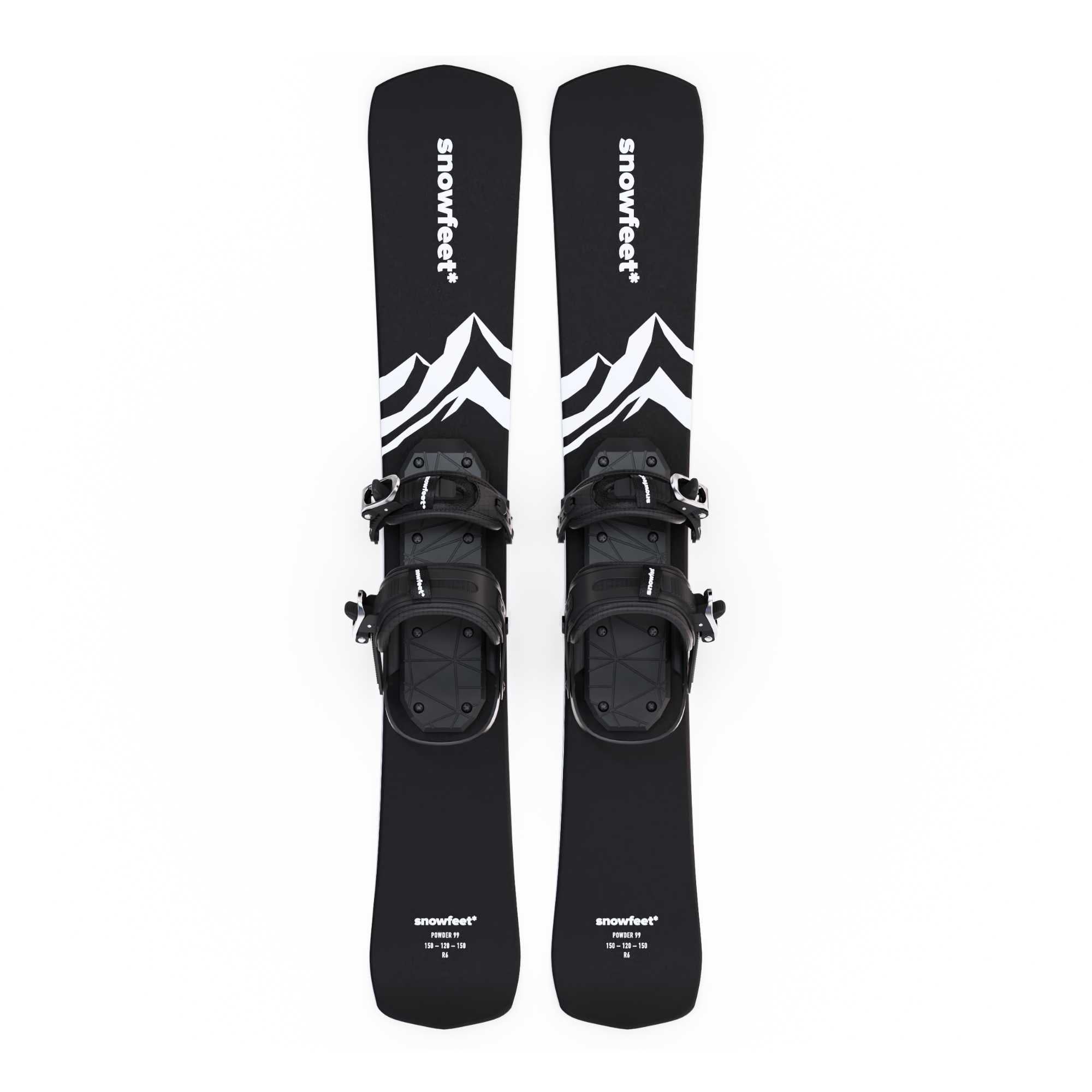
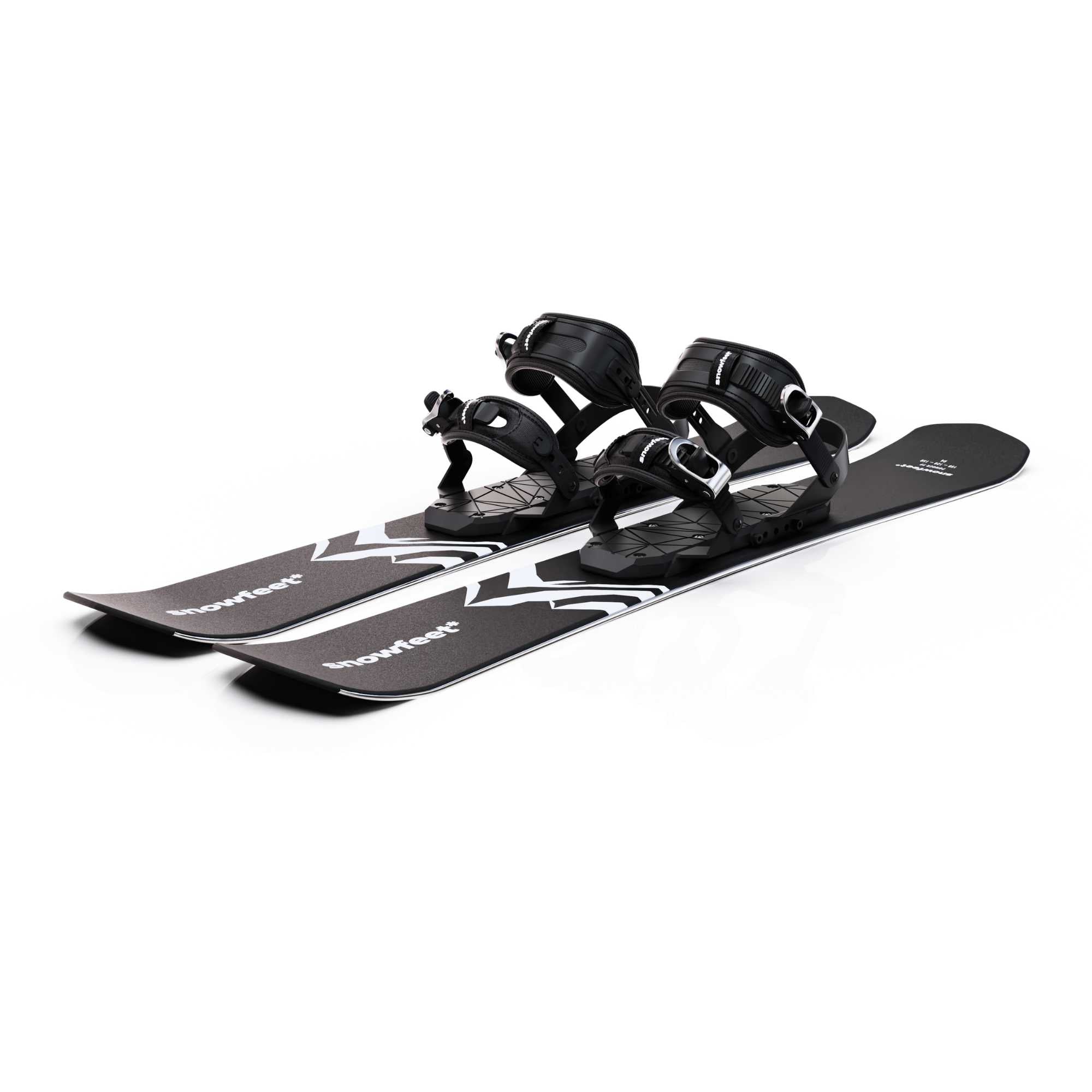
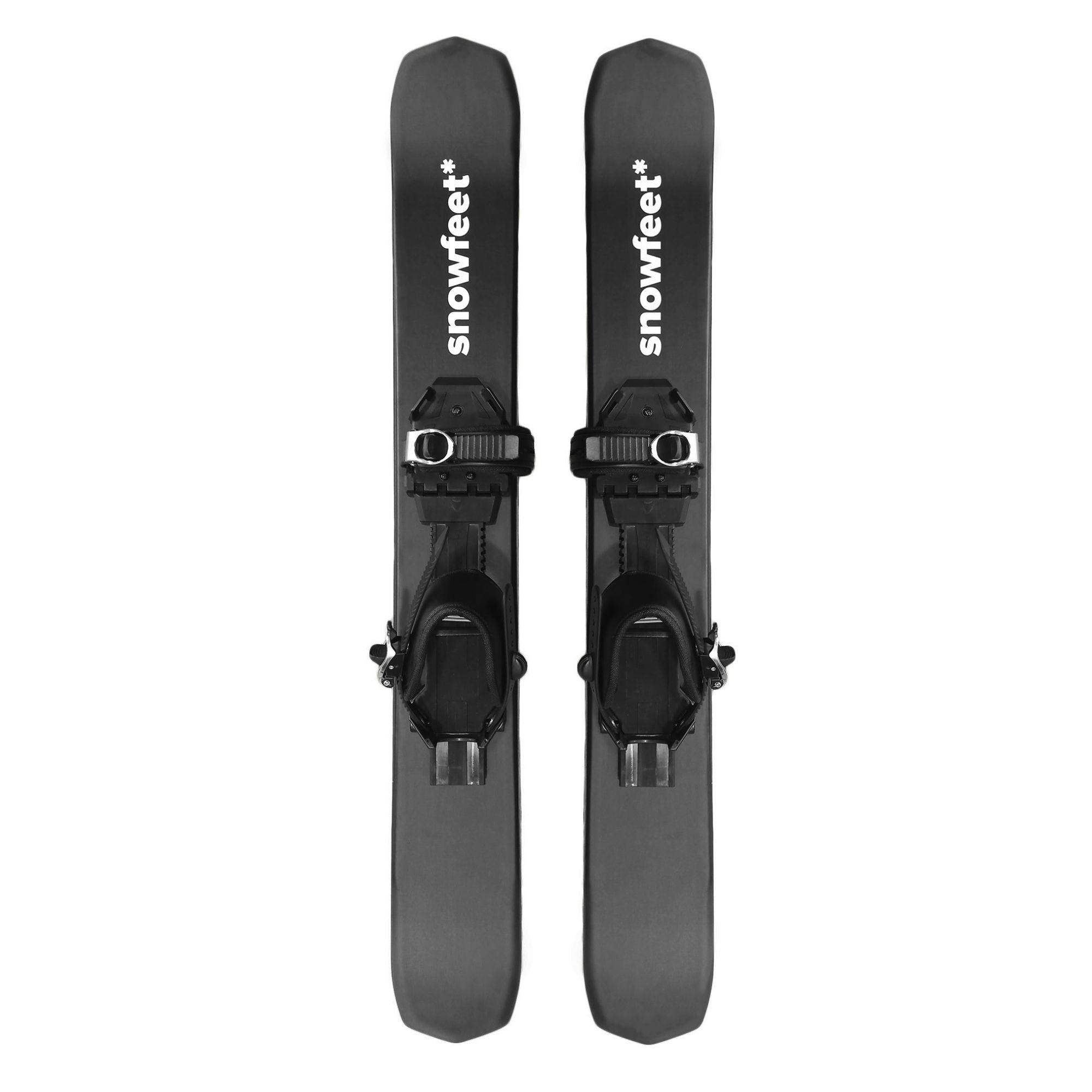
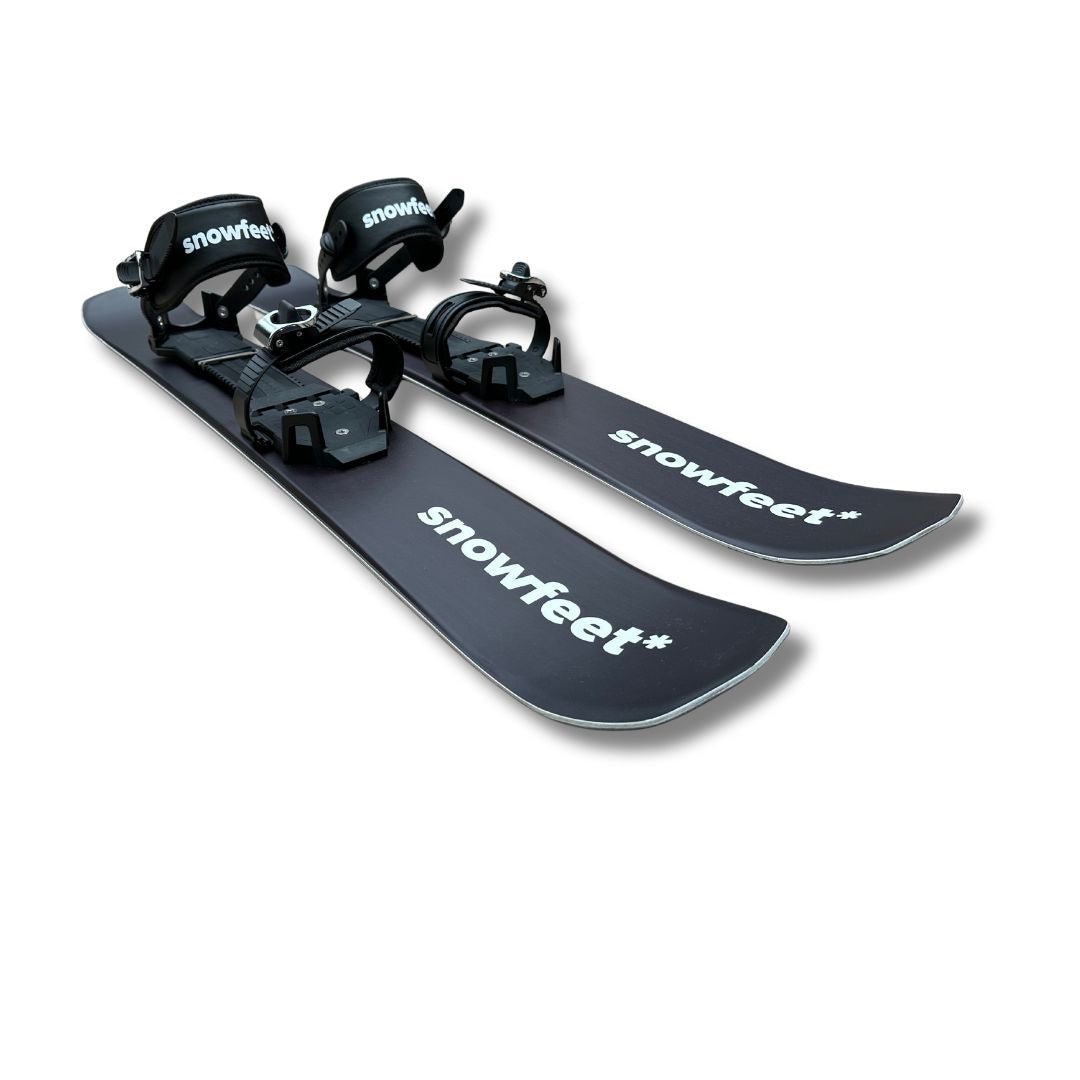
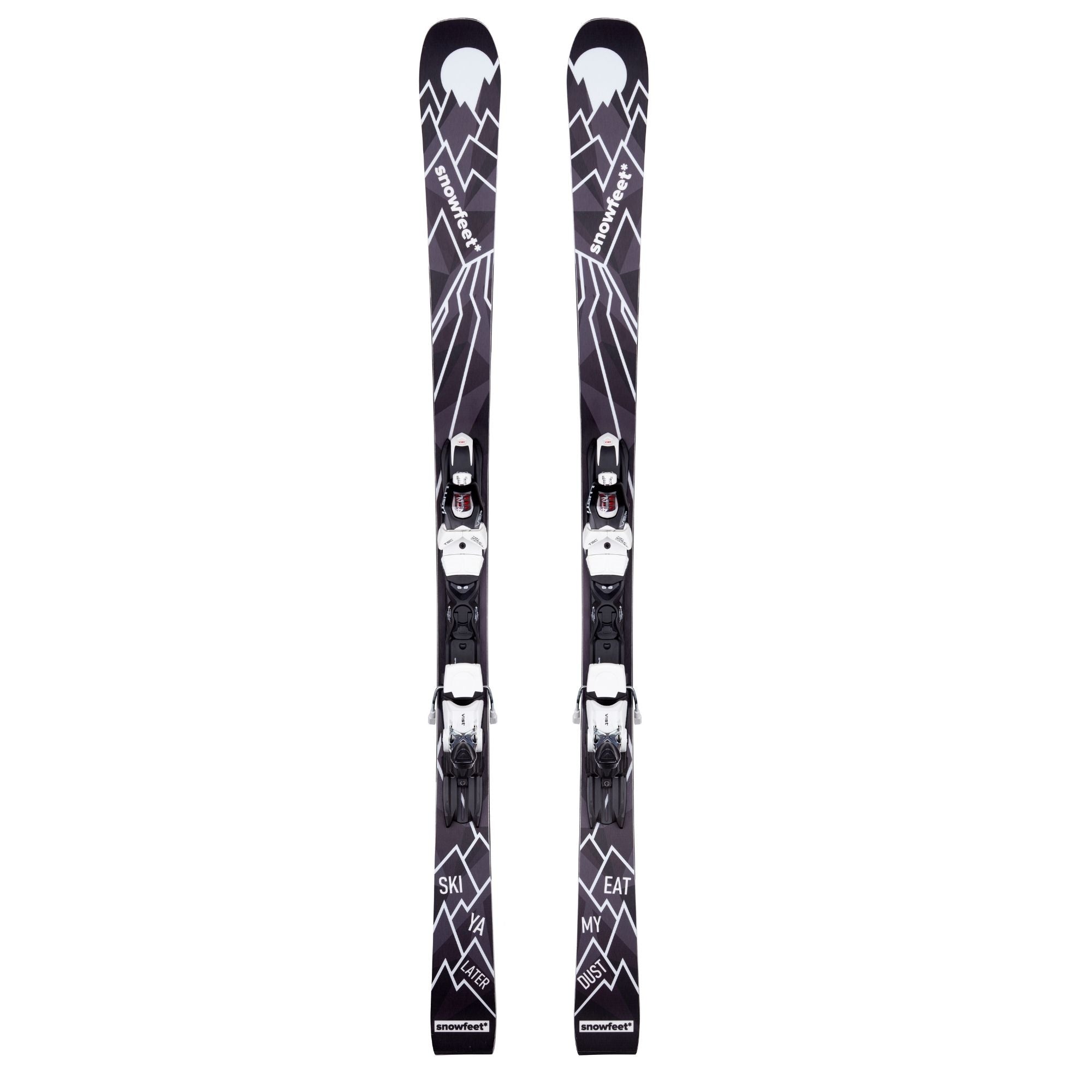
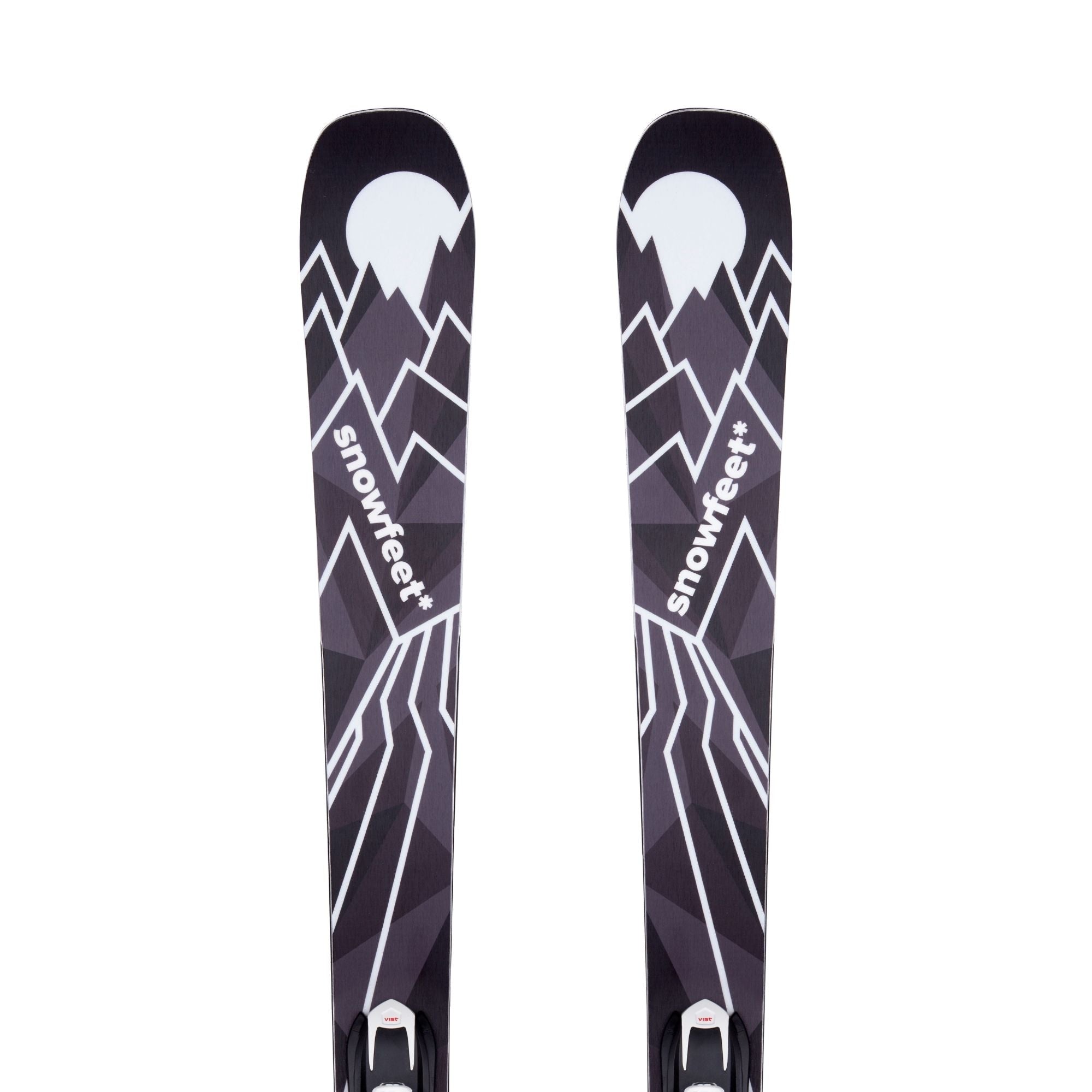
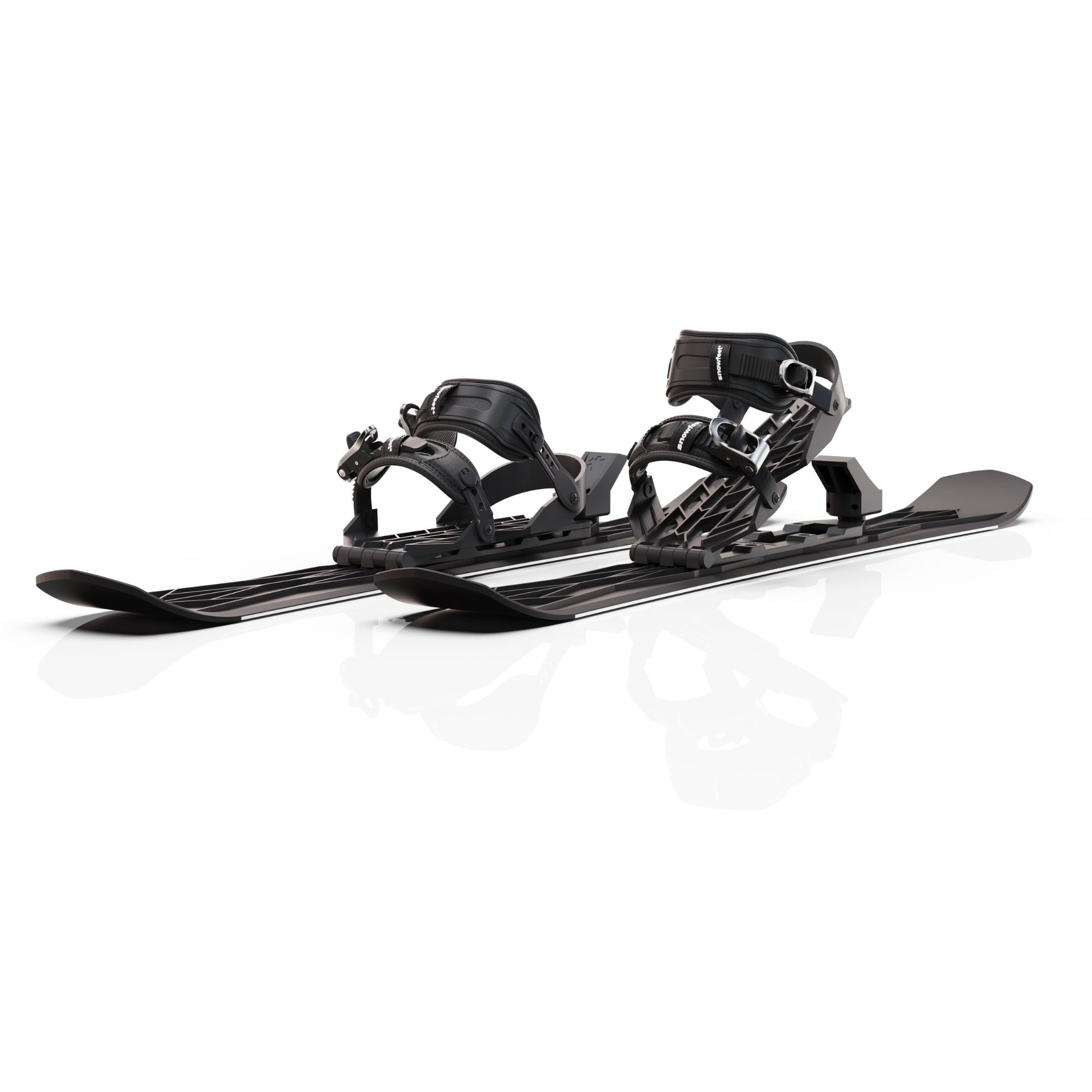

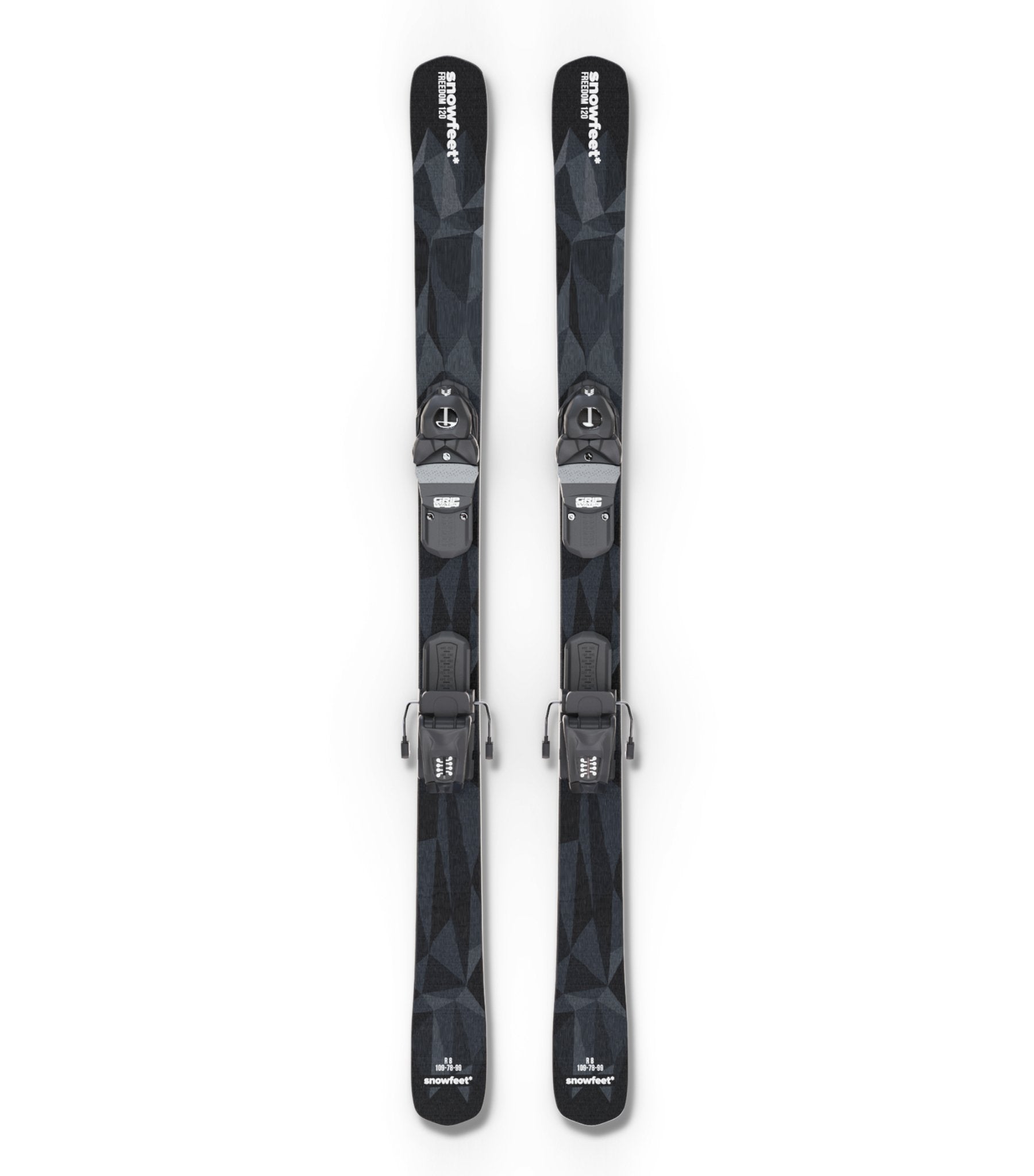
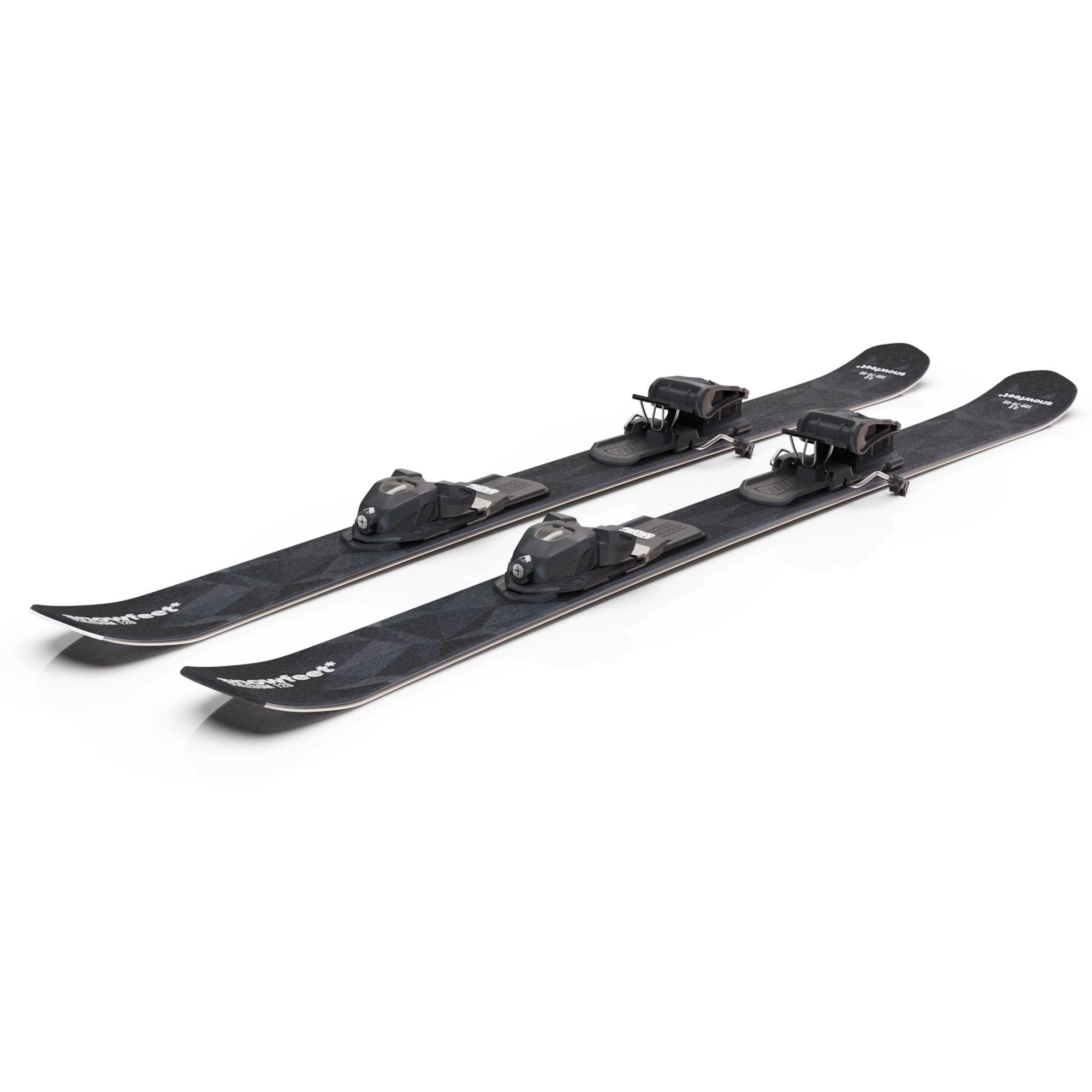
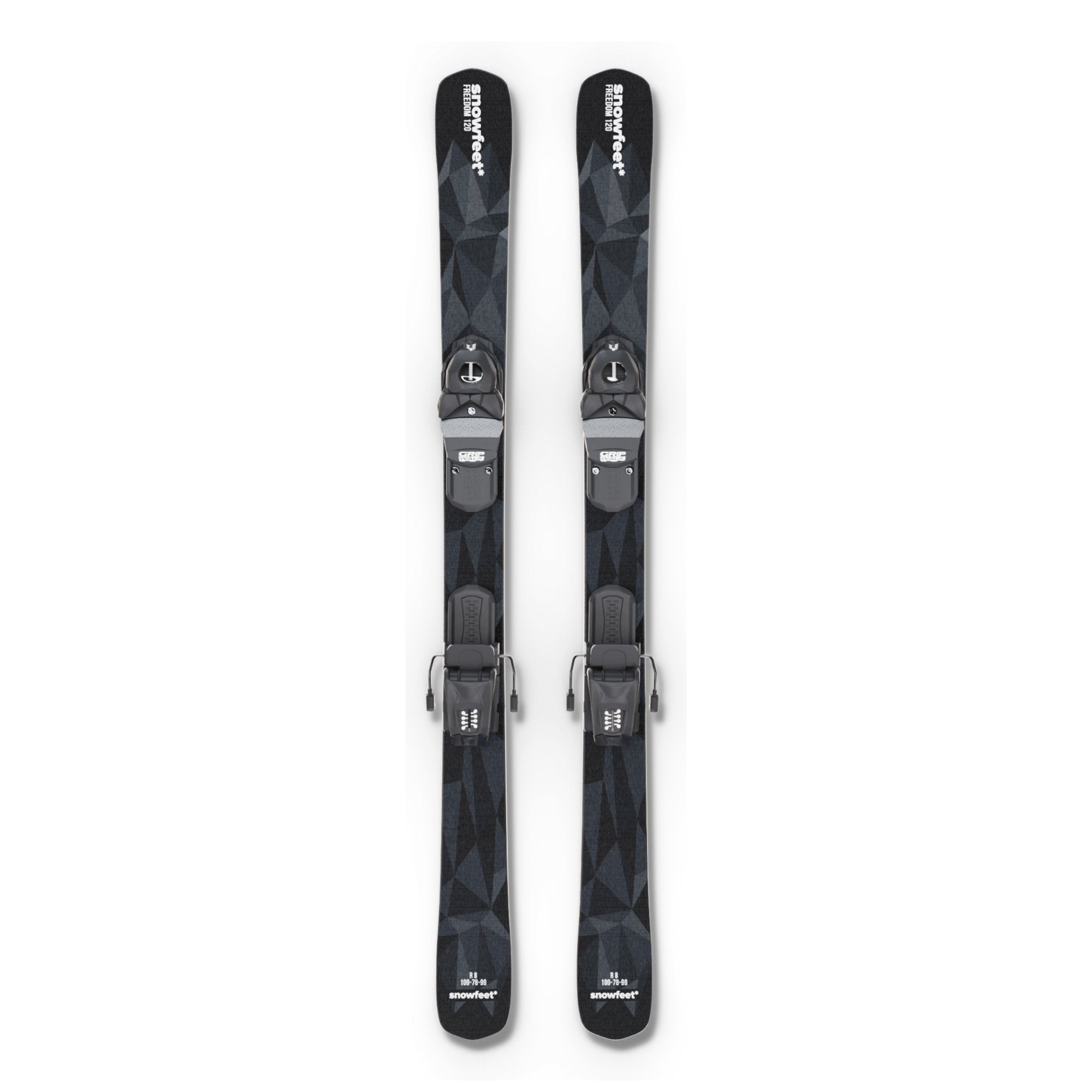
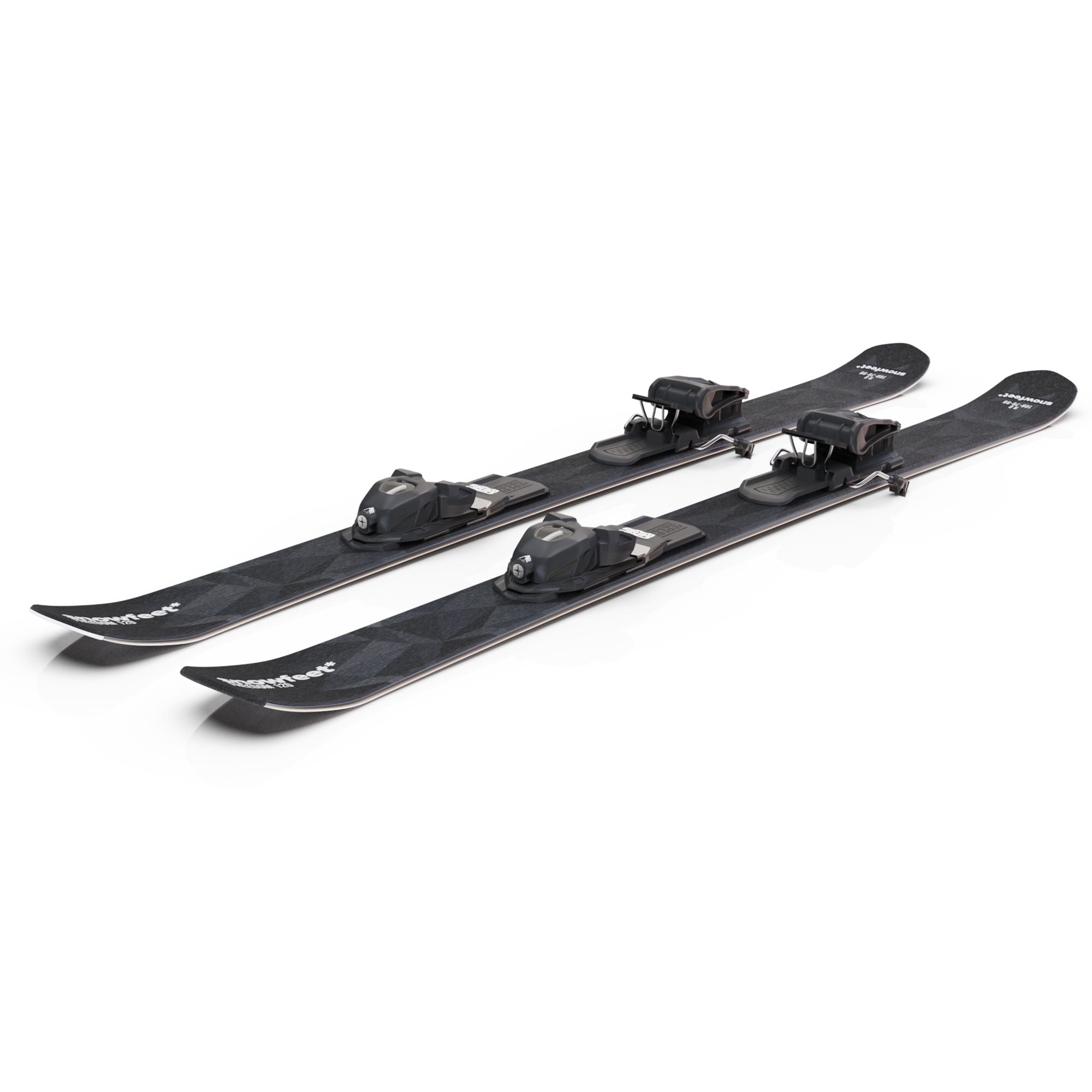
Hinterlasse einen Kommentar
Diese Website ist durch hCaptcha geschützt und es gelten die allgemeinen Geschäftsbedingungen und Datenschutzbestimmungen von hCaptcha.